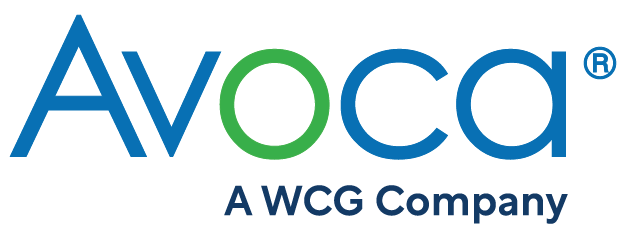How Organizations Can Take Advantage of Risk Assessment and Mitigation Management Tool To Optimize Clinical Trials with Keith Dorricott and Linda Sullivan
Podcasts Menu
EPISODE 18
MCC has developed a valuable risk assessment and mitigation management tool that organizations can use as the basis for implementing the risk-based quality management process outlined in ICH E6 (R2), section 5.0. That’s the important topic discussed in Keith Dorricott’s interview with Linda Sullivan, MBA, Executive Director of WCG’s Metric Champion Consortium (MCC). Dorricott facilitates MCC’s QbD-RBQM-Quality Improvement Community of Practice Group. Dorricott describes how MCC members have worked collaboratively over the last five years to develop a Risk Assessment and Mitigation Management Tool (RAMMT) that moves beyond the RACT tool that was developed by another industry group. The initial drive was from members wanting MCC metrics to be aligned with individual risks to assist with risk scoring. Sullivan points out that when ICH E6 (R2) was released, the group conducted a gap analysis to determine whether the tool fully supported the approach outlined in the guidance. The tool was updated to support a new approach that includes identifying critical processes and data and utilizing MCC process maps and key risk indicator metrics already developed by MCC metric development groups. Sullivan and Dorricott note that it’s important for risk indicators to detect risk and emerging issues as early as possible to reduce, and maybe eliminate, the negative impacts. However, Sullivan and Dorricott add, when you’re scoring your risks, you should score the ‘as-is’ situation and document any additional mitigations such as improved detection, or additional training and guidance. Otherwise, the mitigations may not actually be implemented and the risk will be higher than anticipated. Indeed, Sullivan says, documentation is key to risk assessments now being required by regulators.
